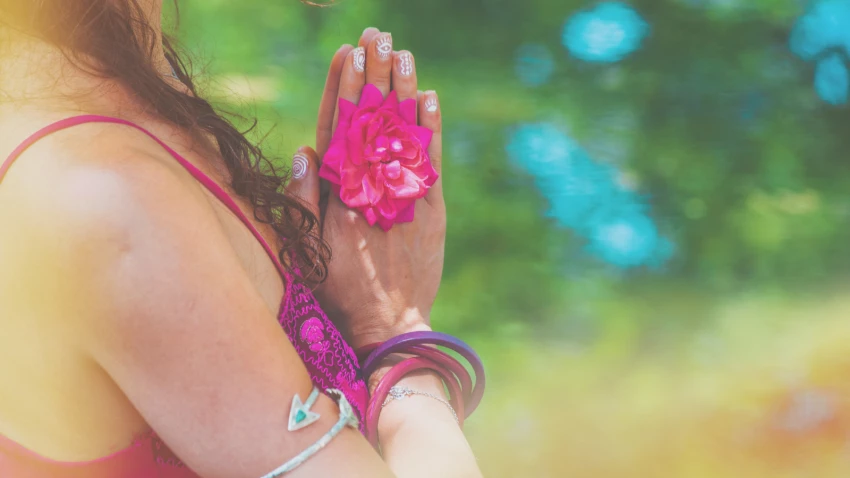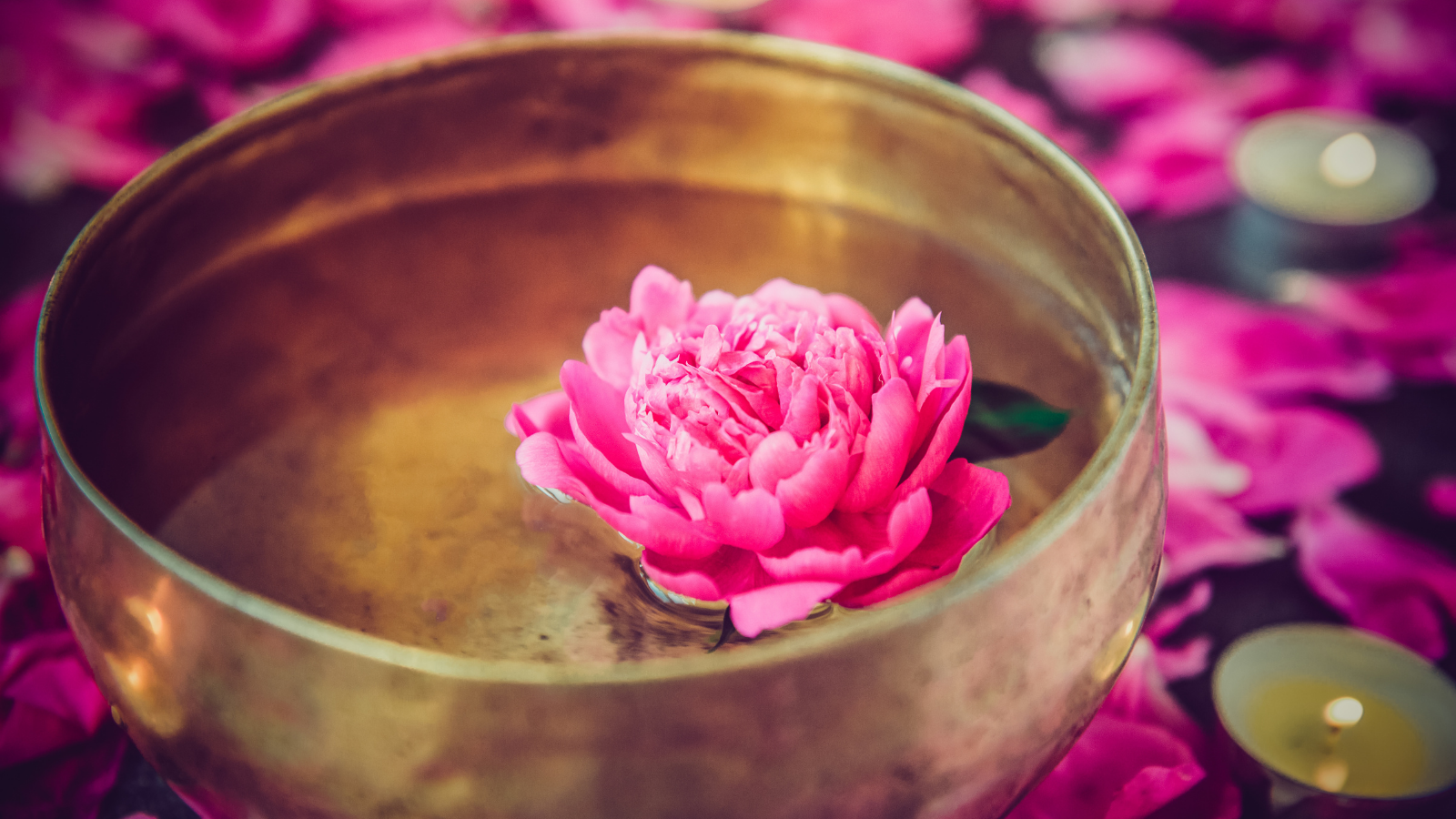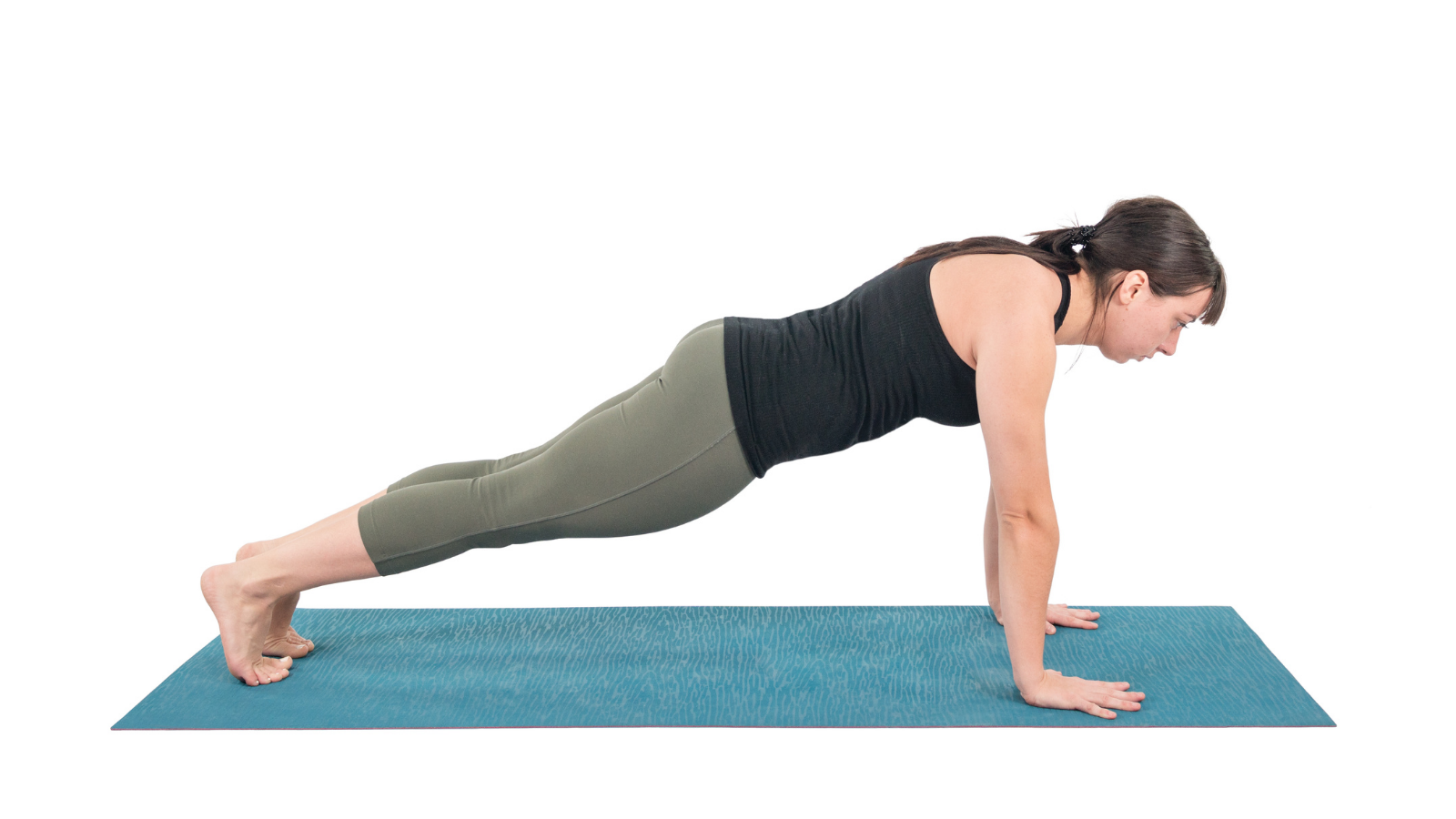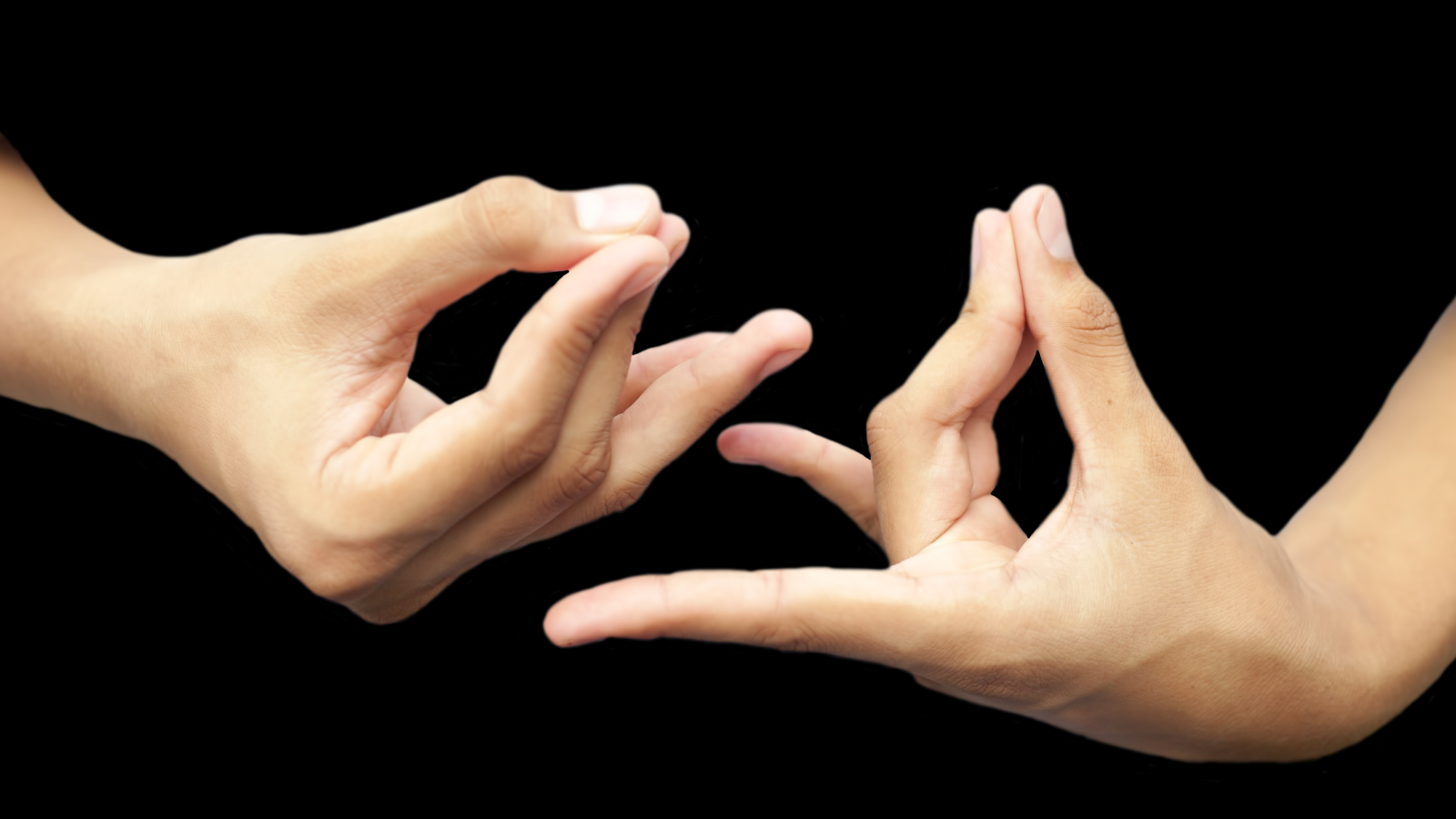Power Up: Manipura Chakra

“The most common way people give up their power is by thinking they don’t have any.” —Alice Walker
This is part 4 in my series on the chakras. The last post focused on Swadhisthana (Sacral) Chakra, and how we sense, feel, and recognize our creativity, desires, and emotions, and the need for pleasure and healthy human interaction. This post will cover Manipura (Solar Plexus) Chakra.
The ancient texts of Tantra (about 1,500 hundred years ago) offer the chakras as a way to access, view, and understand our experiences, and recommend the tools of yoga as a way to explore them for the purpose of liberation. Contemporary writers continue to discuss this concept:
“The chakra system is every bit as valid as any psychological theory, and I feel, far more versatile—one that is capable of spanning mind, body, and spirit.” —Anodea Judith, Ph.D.

Carolyn Myss, Ph.D. came to a similar understanding of the chakras from her work as a medical intuitive. In Anatomy of the Spirit, she discusses her work with clients, which included a full energy evaluation, and suggests a takeaway: “take with you only what feels right to your heart and spirit, and leave the rest behind.” Myss’ advice is worth accepting as you read and think about the concept of your energy anatomy and how it may relate to this post and the others in the series.
What Is Manipura Chakra?
Manipura, the third chakra, focuses on personal power, authenticity, and self-definition. The endocrine system connection associated with this chakra is the pancreas. The element is fire. Its location is the solar plexus, in the upper belly at the diaphragm.
This chakra governs personality, ego, and identity, as well as personal freedom, choice, and self-actualization. Energetically, imbalance in this chakra may be a factor in issues of low self-esteem, lack of direction, or arrogance and aggressiveness. On the physical level, these imbalances may result in digestive issues, diabetes, ulcers, and chronic fatigue among others.
The energy of this chakra helps us navigate relationships with our friends, families, social and professional groups as individuals. As you can imagine this process has its pleasures and pain, but when we no longer give our power to others, we gain power over ourselves. When we stop trying to control everything and everyone around us, we gain needed wisdom to move through the world with clarity, contentment, and resilience.

The Third Chakra and Personal Power
To do this we must recognize when, where, and how much energy we plug into our core beliefs about who we are and how those beliefs influence our activities and behaviors. Here’s a personal example. For some reason, or maybe several reasons, I’ve failed at being married—twice. Maybe I chose poorly. Back then, like a little puppy, I trusted anyone who paid attention to me. I was naïve and dependent on others to feel okay. At the same time, I was stubborn and outspoken about what I saw as right or wrong. I was (notice I said “was”) a co-dependent perfectionist. I hadn’t dealt with the ways in which I was not perfect and was, in fact, broken in a lot of places. I was (and still am) a work in progress.
Clearly, this involved addressing all the third chakra issues of personal power. After a lot of self-reflection, yoga, and a good therapist, who I consulted during the difficult days of my second marriage, I now use every bit of my hard-won self-awareness to pick and choose relationships wisely, to look before I leap into a power-sucking situation. I say no to toxic people and situations with as much compassion and kindness as I can muster. This, plus growing older and wiser, has drastically cut down the number and type of situations in which I lose or give my power away. When they do happen, I am able to take a step back, assess the situation, and respond more often with clarity.
When we begin balancing and healing this chakra, we become more effective at accepting and presenting ourselves as we are—warts and all—but always with compassion for self and others. To work with your body and sense the energy of the solar plexus chakra, I recommend the following yoga practices.
How to Strengthen Manipura Chakra with Yoga
Physical Practice: Plank Pose

To help balance the energy of the solar plexus chakra, Anodea Judith, in her book Chakra Yoga recommends Phalakasana (Plank Pose), saying that it will “strengthen your arms, back and your belly muscles, toning the entire third chakra area.” Here are her instructions:
- Begin in Downward Facing Dog Pose (Adho Mukha Svanasana), pushing firmly into your hands and feet to energize your limbs.
- On an inhalation, lower your hips and draw your torso forward until your shoulders are over your wrists, making as straight a line as possible through your core, from the center of your crown to your tailbone, and down to the space between your feet.
- As in Downward Facing Dog Pose, rotate your upper arms slightly outward and your forearms inward, pressing down through the thumb side of each hand.
- Hug all your muscles to the bones.
- Come out of the pose by bending your elbows and lowering down to the ground, keeping your body rigid until it touches the mat. If that is too difficult, lower the knees first, then slowly lower the belly and shoulders to the mat. You can also push back up into Downward Facing Dog Pose.

My Notes: If you need an accessible variation, try one of these:
- Practice Half-Plank Pose (Ardha Phalakasana) with one knee (or both) resting on the floor.
- Place a chair against a wall and do Plank Pose with your hands on the chair seat. (photo above)
How to Strengthen Manipura Chakra with Energy Practices
Mudra: Pushan Mudra

In Mudras for Healing and Transformation, by Joseph and Lilian Le Page, the Pushan mudra is said to be helpful for balancing the third chakra, the center of personal power, by aiding in the digestion and assimilation of life experiences. There are no contraindications.
- Left hand: Touch the tip of the thumb to the tips of your middle and ring fingers while extending your little and index fingers straight out.
- Right hand: Touch the tip of the thumb to the tips of your index and middle fingers while extending your little and ring fingers straight out.
- Rest the backs of the hands onto your thighs or knees.
- Relax your shoulders back and down with your spine naturally aligned.
Affirmation
You can repeat this affirmation or while holding Pushan mudra:
“As my entire being is nourished completely, I experience optimal health and vitality.”
Also, read...
4 Ways to Protect Hands and Wrists in Yoga
Dancer Pose (Natarajasana): Practice Tips And A Beginner Yoga Sequence
Warrior 2: How To Sequence For Healthy Hip Alignment In A Beginner’s Class
Related courses
Keys to Finding Inner Strength: A Yogic Wisdom Path to Developing Greater Resilience
Somatic Yoga for Fascial Unwinding

Beth Gibbs, MA, is a faculty member at the Kripalu School of Integrative Yoga Therapy. She holds a master’s degree in Yoga Therapy and Mind/Body Health from Lesley University in Cambridge, MA. She is the author of Soul Food, Life-Affirming Stories Served with Side Dishes and Just Desserts, Enlighten Up! Finding Clarity, Contentment, and Resilience in a Complicated World and Ogi Bogi, The Elephant Yogi, a therapeutic yoga book for children. Beth is an experienced workshop leader and public speaker. She blogs at bethgibbs.com


